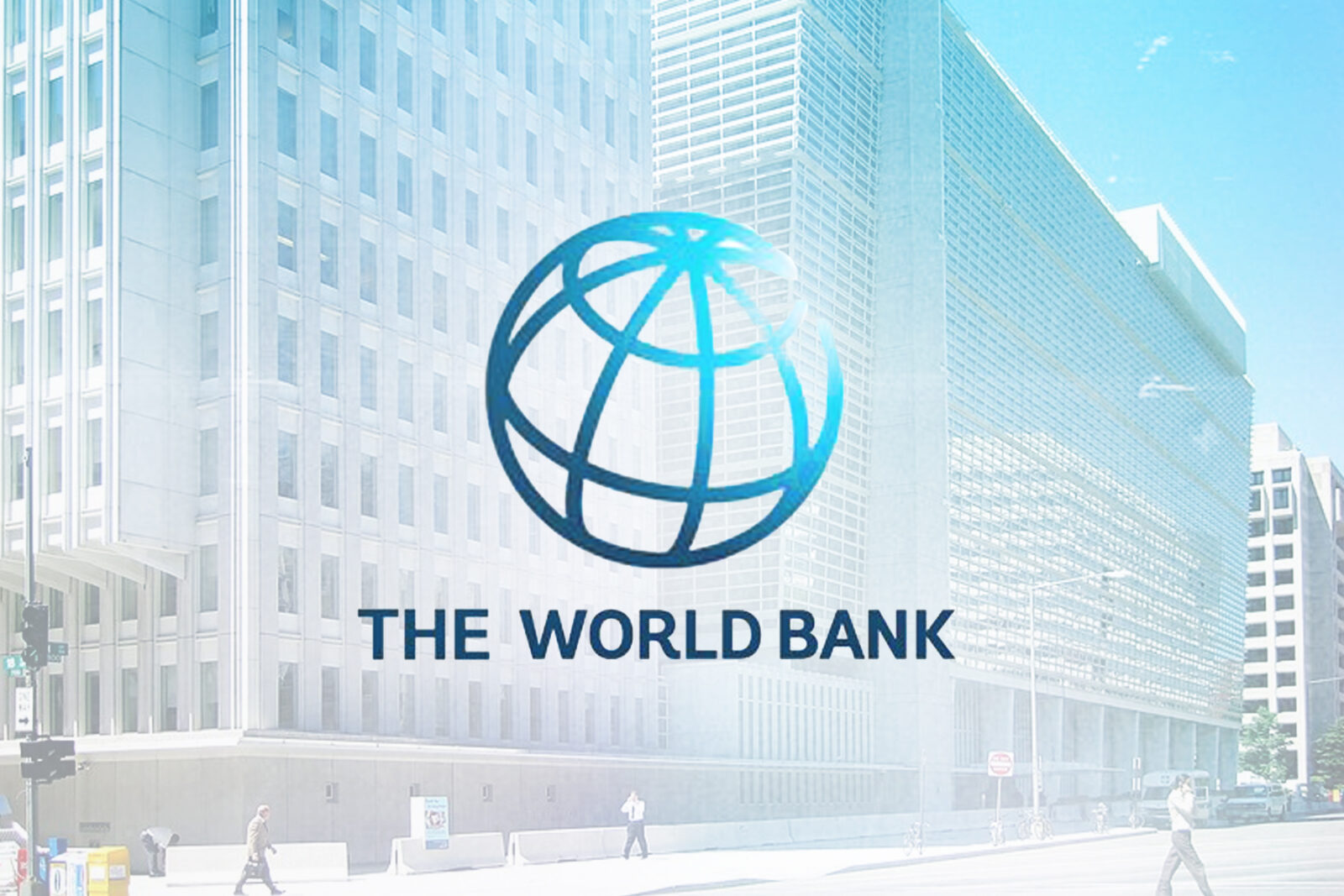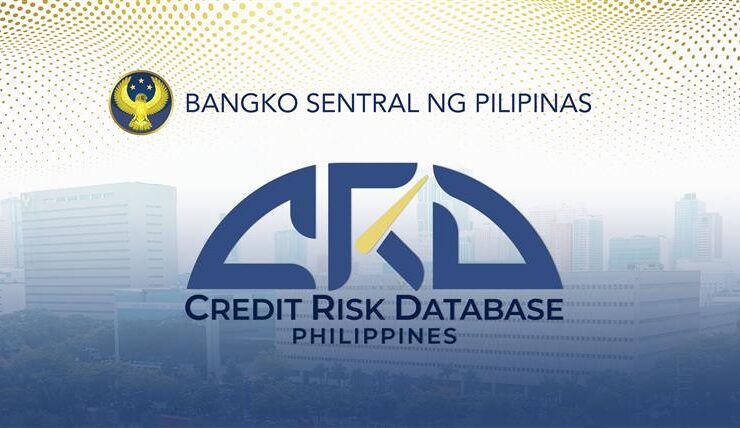WB cuts 2025 GDP growth outlook on PH to 5.3% from 6.1%

The World Bank (WB) cut its growth forecasts for the Philippines to below 6 percent, joining others in downgrading their outlook amid the unprecedented global trade uncertainty.
In its Regional Economic Update released on Friday, the Washington-based institution trimmed its gross domestic product (GDP) growth estimate for the Philippines to 5.3 percent in 2025, from 6.1 percent previously.
If the watered-down projection comes to pass, the full-year growth in 2025 would be the slowest since the 3.9-percent expansion in 2011, back when the world was still recovering from the Global Financial Crisis.
For 2026, the World Bank penciled in a slightly faster growth rate of 5.4 percent.
The downward revisions made the World Bank the latest institution to downgrade their outlook for the Philippines and the rest of the world amid tariff-induced global uncertainties.
Earlier this week, the IMF also slashed its GDP growth forecasts for the country to below 6 percent.
Prior to that, the Asian Development Bank likewise trimmed its projections, but still expected the Philippine economy to grow by at least 6 percent this year.
The ADB’s new outlook, however, was finalized before US president Donald Trump unveiled his “Liberation Day” tariffs on the rest of the world on April 2. Recall that Trump had announced a 17-percent “reciprocal” tariff on Filipino goods coming to America, among the lowest in Asia.
Trade war
If the World Bank’s new GDP forecast for the Philippines comes true, then the government will fail to hit its 6 to 8 percent growth target for this year and next.
The bank explained that the Philippines could take a hit if the economies of its two major trading partners—the United States and China—would slow because of the trade war.
“A sharper-than-projected slowdown in either economy would weaken external demand for many export-oriented countries in the region (Cambodia, Malaysia, Philippines, Thailand and Vietnam and Laos),” World Bank wrote.
The multilateral lender added that market volatility amid heightened uncertainties may create financing risks for economies like the Philippines.
“Prolonged high interest rates in advanced economies could restrict capital inflows, limit monetary policy space, hinder debt refinancing and intensify depreciation pressures,” World Bank said.
More easing
“Larger economies, including Philippines, Thailand and Malaysia, also face risks as capital outflows could adversely impact domestic financial markets,” it added.
Moving forward, Krishna Srinivasan, director of the Asia- Pacific department at the International Monetary Fund (IMF), said the Bangko Sentral ng Pilipinas still has room to further cut rates and support the economy despite the volatility.
“Countries do have to look at what the major central banks are doing because that has implications for movements in exchange rate, capital flows and so on,” Srinivasan told a press conference on the sidelines of the IMF-World Bank spring meetings.
“They have to think in terms of uncertainty, they have to think in terms of volatility. But given where they are with inflation, many countries in the region, including the Philippines, have the monetary policy space [to ease],” he added.





















